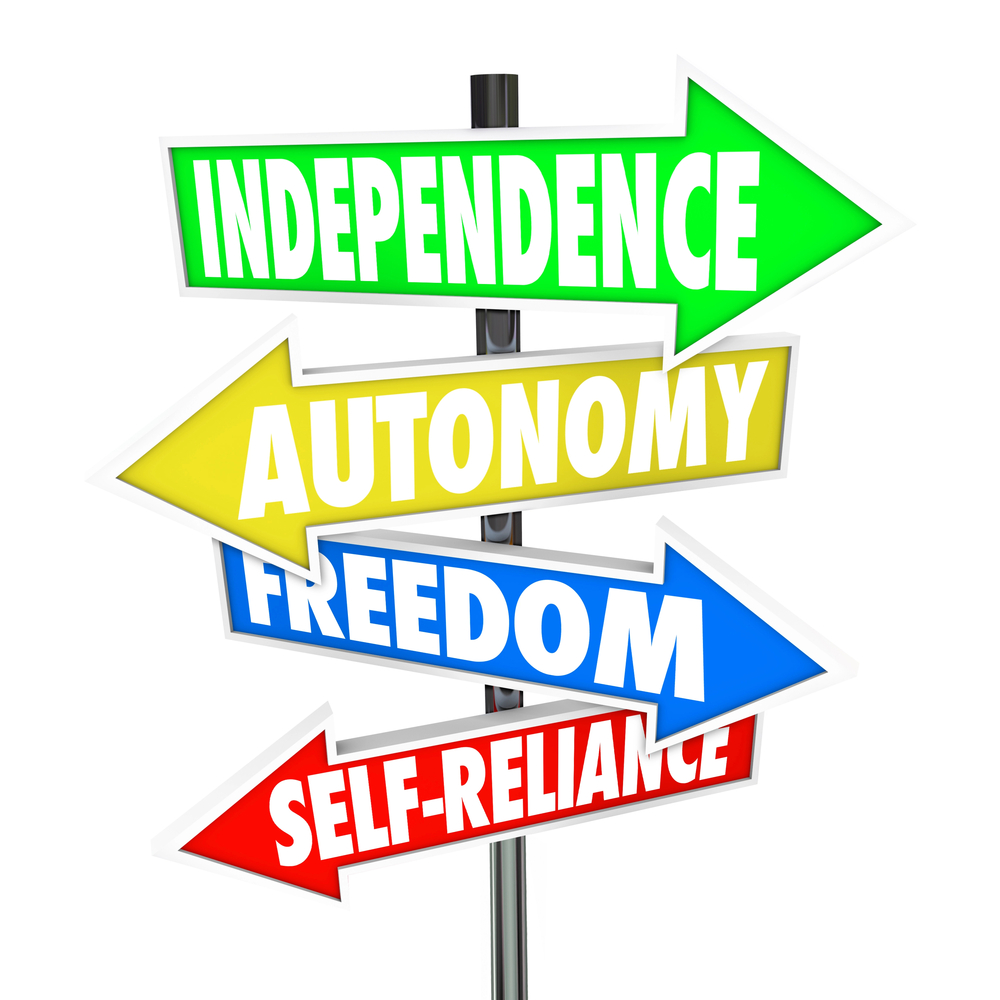
Digital accessibility enhances communication by ensuring that digital content and information can be accessed, understood, and interacted with by everyone, regardless of their abilities. How does this happen?
 A Larger Audience
A Larger Audience
For many individuals, the realization of a disability later in life can be a profound moment. It may come with feelings of loss, uncertainty, and fear of the unknown. However, it’s important to recognize that disability is not a barrier to a fulfilling life—it’s simply a new chapter in one’s journey.
Clear and Concise

Adapting to Change
Accessible design often leads to clearer and more concise communication. For instance, providing alternative text for images and other graphics not only makes content accessible to visually impaired users who rely on screen readers but also ensures that the message is conveyed to users with slow internet connections or those who choose to disable images. Simplifying language and using clear headings and bullet points can also help all users, including those with cognitive disabilities, to better understand the content.

Different Ways
Digital accessibility encourages the use of multiple different ways to communicate, such as text, audio, and video. This approach caters to different learning styles and preferences, making information more understandable and engaging for a wider audience. For instance, providing transcripts for podcasts and videos allows users who prefer reading or who cannot listen to audio to still access the information. Offering sign language interpretation for video content can also make information accessible to those who are deaf.

User Experience
Accessible design enhances the user experience for everyone, not just those with disabilities. Features such as clear navigation, logical layout, and readable fonts benefit all users by making content easier to find, understand, and interact with. For example, using high-contrast colour schemes and large, legible fonts can improve readability for users with visual impairments and also for users accessing content on mobile devices in bright sunlight.

Interaction
Digital accessibility enables individuals to interact with content in various ways, whether through keyboard navigation, voice commands, or assistive technologies like screen readers. This fosters greater engagement and participation in online communication channels, such as social media, forums, and collaborative platforms. For example, providing keyboard shortcuts and ensuring that all interactive elements are accessible via keyboard can benefit users with motor impairments and those who prefer using a keyboard over a mouse.

Independence
Accessible digital communication empowers individuals with disabilities to participate more fully in online conversations, express themselves, and share their perspectives. This fosters a sense of independence and autonomy, reducing barriers to social interaction and community engagement. For instance, accessible content can enable someone with a speech disability to use text-to-speech software to communicate effectively in online discussions.

Compliance with the Law
Ensuring digital accessibility also helps
organisations comply with legal requirements and accessibility standards, such
as the Disability Discrimination Act 1992, Digital Accessibility Standards, and
the Web Content Accessibility Guidelines (WCAG). By meeting these standards,
organisations demonstrate their commitment to equal access and communication
for all, avoiding potential legal issues and enhancing their reputation for
social responsibility.

Conclusion
In summary, digital accessibility enhances communication by making information more accessible, understandable, and interactive for everyone. By embracing accessibility principles, organisations can create more inclusive and effective communication channels that benefit all members of the community.
